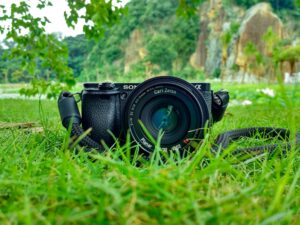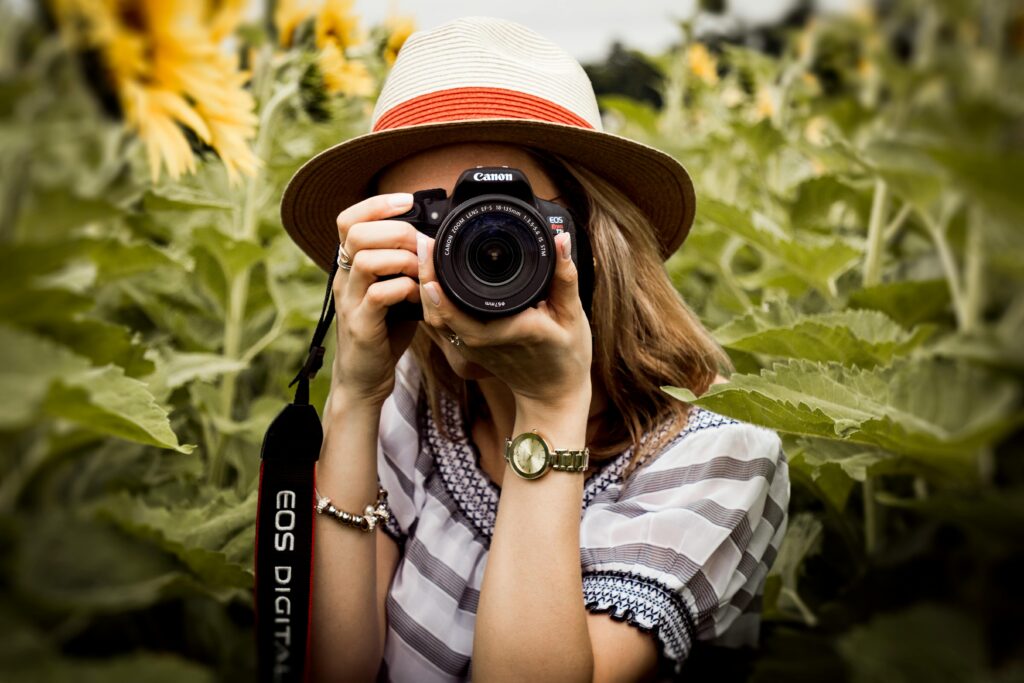Taking a photo is not merely a click of a camera button—it’s science, it’s art, it’s storytelling. A well-taken photo has the power to touch hearts, tell stories, and capture memories. Whether you’re a novice or merely a person who wants to improve in photography, to master photography one needs patience, perseverance, and proper comprehension of composition, lighting, and method.
Learning the Basics
One must be knowledgeable about the principles of photography first before learning some advanced techniques. A good photography practitioner is fully aware of the three pillars of photography:
Aperture – Controls depth of field and amount of light that hits the lens. A low f-stop value (wide opening) produces a blurred background with the subject isolated from the background, and a high f-stop value (narrow opening) has more of the image in focus.
Shutter Speed – Determines the length of time the sensor is exposed to light. Motion is captured in fast shutter speed (ideal for sports and action photography), and motion blur is captured in slow shutter speed (ideal for nighttime photography and special effects).
ISO – Adjusts the light sensitivity of the camera. Lower ISO produces sharper images with less noise but higher ISO is convenient in low light but introduces graininess.
It is important to be in control of the exposure triangle (aperture, shutter speed, and ISO) in order to capture well-exposed images.
Composition: The Essence of a Masterpiece Photo
Photography is not technical settings—it’s how you compose your subject. Composition is key in making an average shot a great shot. Some of the most valuable composition skills are:
Rule of Thirds – Dividing the frame into nine equal parts with two horizontal and two vertical lines. Placing the subject on these lines creates a balanced and beautiful image.
Leading Lines – Using lines in nature in a scene (e.g., roads, fences, or rivers) to guide the eye of the viewer to the subject.

Framing – Employing something like windows, doorways, or branches to frame the item and create depth in the photograph.
Symmetry and Patterns – Capturing symmetrical characteristics or recurring patterns creates a sense of harmony and order.
Lighting: The Key to Fantastic Photos
Light is perhaps the most important aspect of photography. The natural light will be able to alter the mood of the photo. The golden hour, from sunrise until sunset, offers soft, warm light that is kind to photographs. Harsh sunlight at midday, however, can create deep shadows and overexposure.
For indoor or low-light photography, artificial lighting like LED lights or flash can be used in a creative way. To produce high-quality photos, one must know how to control light, utilize reflections, and modify exposure levels.
Post-Processing: Polishing Your Work
Even professional photographers edit their photographs with the help of tools. Photographers can make changes to brightness, contrast, color tone, and sharpness using post-processing software like Adobe Lightroom and Photoshop. Editing must be employed to improve a photograph and not distort reality. A balanced edit maintains the appeal of the photograph as it was initially and draws out the best from it.
Developing an Unmistakable Style Professional photographers develop their own style over the course of their careers. Experimenting with various types of photography, such as portrait, landscape, street, or wildlife, helps photographers choose their niche. Consistency with color tones, composition, and theme also assists in developing a photographic identity.
Conclusion
Photography is an ongoing process of exploration and imagination. Whether you aim to see the ordinary or make a professional body of work, becoming a great photographer takes passion and commitment. With training in technical controls, being able to master composition, maximizing light, and developing your own voice, you can turn everyday photographs into powerful visual stories.



